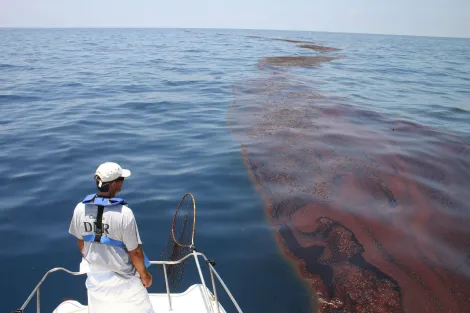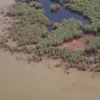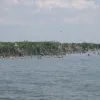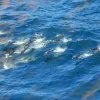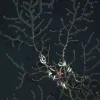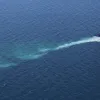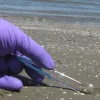Mark Dodd, a wildlife biologist from Georgia's Department of Natural Resources, surveying oiled sargassum seaweed in the Gulf of Mexico after the Deepwater Horizon oil spill in 2010. Learn more about how the ecosystem is faring after the spill in this slideshow and blog post.
The Deepwater Horizon Oil Spill, Two Years Later
On April 20, 2010, an explosion on the oil-drilling rig Deepwater Horizon caused the largest marine oil spill in US history, gushing nearly 5 million barrels of crude oil over the course of three months. In the two years since, researchers have been hard at work studying the impacts of the spill. See photos and read about some of the things they've learned about the oil spill's impact on pelicans, dolphins, and corals in this slideshow, and read more in this blog post. Even more about the Gulf oil spill can be found in our Gulf oil spill featured story.
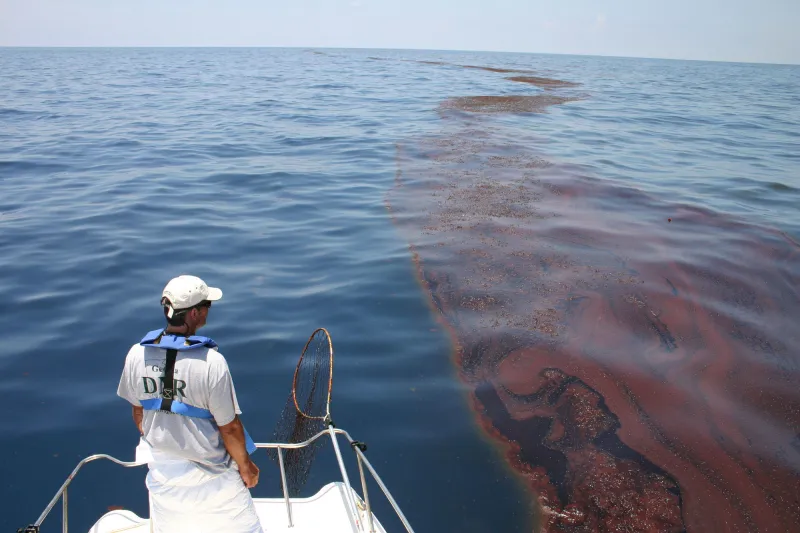
Oiled Seaweed after the Gulf Oil Spill
Credit: Georgia Department of Natural Resources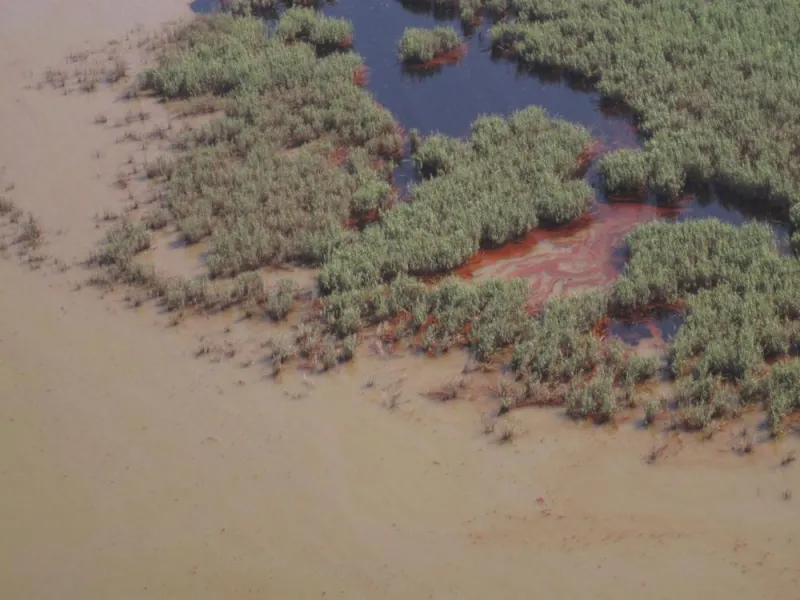
Marshes Recover from Oil
Credit: NOAA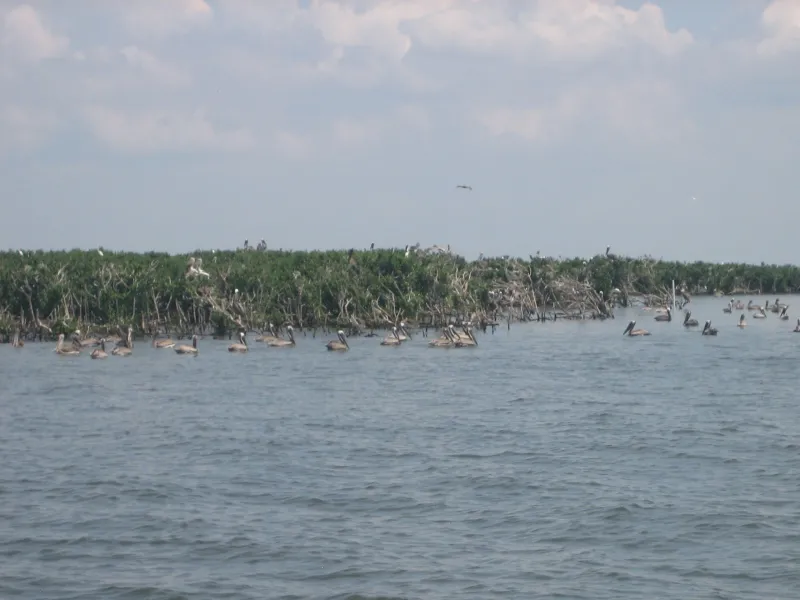
Pelicans Return to Roost
Credit: James Morris, University of South Carolina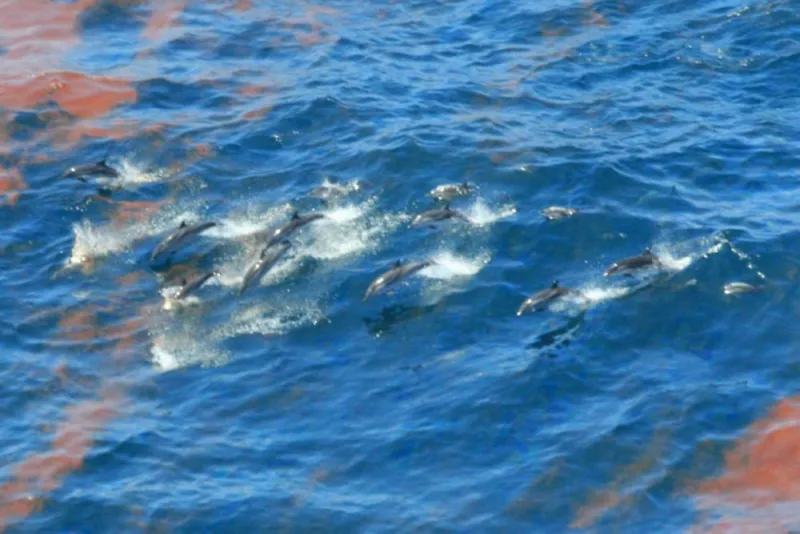
Few Dolphins Have Returned
Credit: NOAA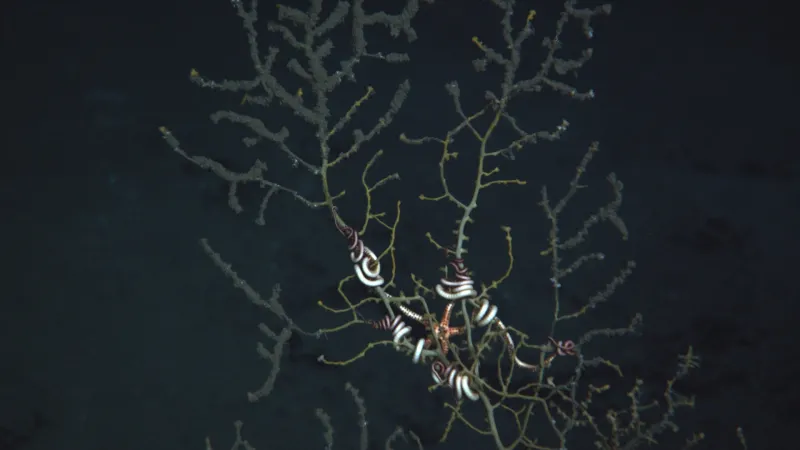
Deep Sea Corals Hit Hard
Credit: Chuck Fisher, Penn State University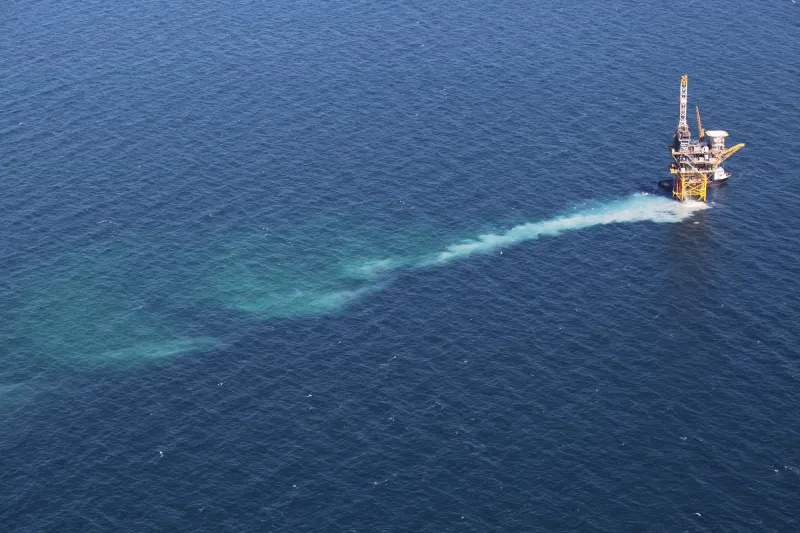
Oil is Disappearing
Credit: Terese Collins, On Wings Of CareBonny Schumaker, cofounder of the nonprofit On Wings of Care, flies over the Gulf of Mexico oil spill area every few weeks to survey for wildlife—and on April 6, 2012, when this picture was taken, she was pleasantly surprised. "We were pleased to see very few of the surface oil slicks we've seen on every previous flight for the past nearly two years," she wrote on her blog.
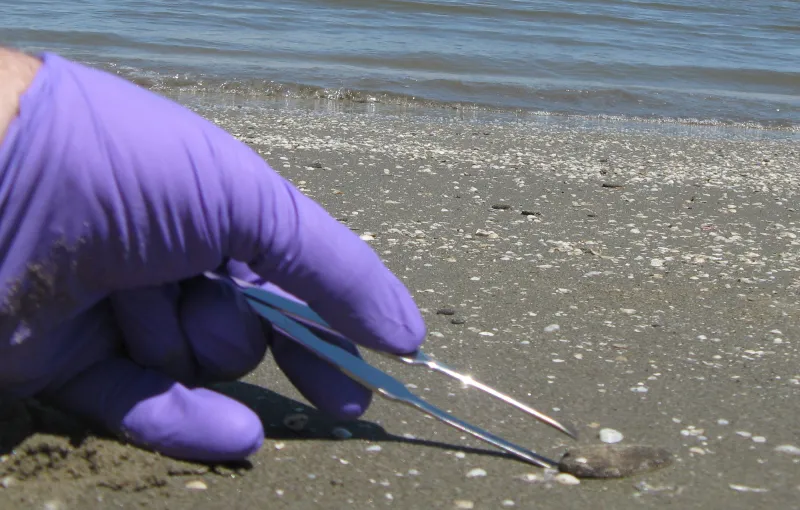
Oil Spill Research Continues
Credit: Chris Reddy, Woods Hole Oceanographic InstitutionGulf of Mexico beaches are scattered with these oil-laden "sand patties," as Chris Reddy, who studies oil decomposition at WHOI, calls them. He took this photo on April 19, 2012 as he collected them at Grand Isle, Louisiana to better understand how the oil breaks down—and he plans to continue collecting them for a decade. Read about other ongoing research on the blog.


